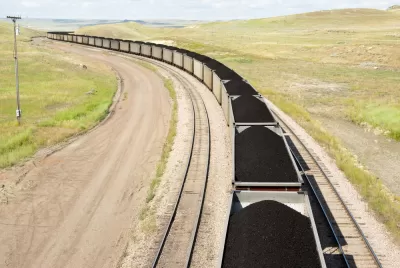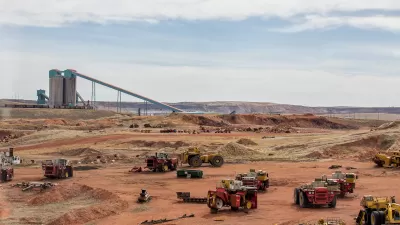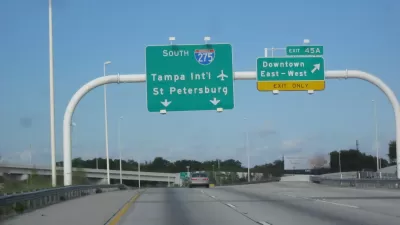Through a series of legal maneuvers associated with a coal giant's bankruptcy, the Sierra Club made good on a conservation opportunity worth $2.2 billion and weighing 53 million tons.

Environmental nonprofits like the Nature Conservancy regularly purchase tracts of land to save them from industry and development. But this time, the Sierra Club and its allies made out even better, taking control of a 53 million-ton coal reserve that will now stay in the ground.
The U.S. still sits on massive supplies of coal, but the past several years have seen equally massive setbacks for the coal industry. Faced with regulatory pressures and lawsuits, companies like Alpha Natural Resources face bankruptcy. Those proceedings can give legally-savvy environmentalists a chance to strike.
In this case, a consent decree charged Alpha to complete a $150 million cleanup by 2019. Resource-rich but cash-poor, the company agreed to give up some of its land holdings instead, reserves worth a whole lot more than the cleanup cost. Daniel Gross writes, "The deal offered the nonprofits ownership of the Rostraver reserve, a seam of coal in 35,000 acres of forest and farmland in Westmoreland and Fayette Counties, Pennsylvania, about 30 miles south of Pittsburgh. At today's prices, 53 million tons of Northern Appalachian coal are worth about $2.2 billion."
Gross doubts whether the Sierra Club will be able to pull this off a second time, but it definitely points to a whole realm of possibility for conservationists.
FULL STORY: How the Sierra Club Got Control of a Massive Coal Reserve

Maui's Vacation Rental Debate Turns Ugly
Verbal attacks, misinformation campaigns and fistfights plague a high-stakes debate to convert thousands of vacation rentals into long-term housing.

Planetizen Federal Action Tracker
A weekly monitor of how Trump’s orders and actions are impacting planners and planning in America.

San Francisco Suspends Traffic Calming Amidst Record Deaths
Citing “a challenging fiscal landscape,” the city will cease the program on the heels of 42 traffic deaths, including 24 pedestrians.

Defunct Pittsburgh Power Plant to Become Residential Tower
A decommissioned steam heat plant will be redeveloped into almost 100 affordable housing units.

Trump Prompts Restructuring of Transportation Research Board in “Unprecedented Overreach”
The TRB has eliminated more than half of its committees including those focused on climate, equity, and cities.

Amtrak Rolls Out New Orleans to Alabama “Mardi Gras” Train
The new service will operate morning and evening departures between Mobile and New Orleans.
Urban Design for Planners 1: Software Tools
This six-course series explores essential urban design concepts using open source software and equips planners with the tools they need to participate fully in the urban design process.
Planning for Universal Design
Learn the tools for implementing Universal Design in planning regulations.
Heyer Gruel & Associates PA
JM Goldson LLC
Custer County Colorado
City of Camden Redevelopment Agency
City of Astoria
Transportation Research & Education Center (TREC) at Portland State University
Jefferson Parish Government
Camden Redevelopment Agency
City of Claremont




























